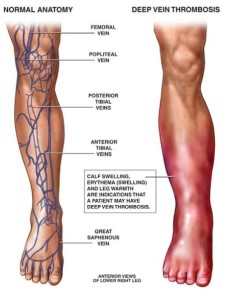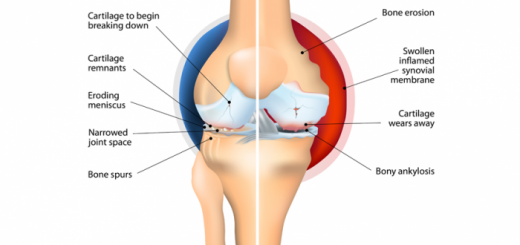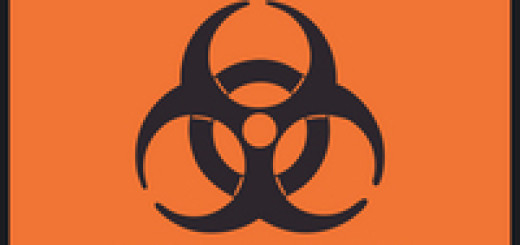First aid for Deep Vein Thrombosis (DVT)
Deep vein thrombosis (DVT) is a term used to describe the formation of a clot, or thrombus, in one of the deep veins, usually in the lower leg. DVT can occur as a result of periods of immobility, for example following surgery, but can occur spontaneously in otherwise healthy per
DVT has been known to occur following long-haul air travel and was dubbed ‘economy class syndrome’; however this term is misleading as DVT has also been reported following car and train journeys. The preferred terminology is now travel related DVT or travellers’ thrombosis. However, the evidence for an association between long-haul travel and DVT remains under study.
The physiology of DVT involves three related factors known as Virchow’s triad. These factors are damage to the vessel wall, slowing down of the blood flow and increase in blood coagulability.
Long periods of immobility can slow the blood flow from the lower legs which can result in pooling and coagulation. A thrombus may then form which can occlude the blood vessel.
Reduced blood flow can be further compounded by pressure on the popliteal vein in the back of the knee, such as that caused by an airline seat.
Signs and symptoms of a Deep Vein Thrombosis (DVT)
Many cases of DVT cause no symptoms. However, some persons may develop pain in the calf accompanied by swelling and redness. The affected area is often warmer and there may also be oedema. If the vein is completely occluded there may be blue discoloration of the limb and severe oedema.
Risk factors for a Deep Vein Thrombosis (DVT)
Rick factors for the development of DVT include:
- varicose veins;
- age over 40 years;
- clinical history (in the patient or family) of DVT or pulmonary embolism;
- immobility, such as would result from prolonged bed rest, paralysis or stroke
- surgical procedures lasting for more than 30 minutes, as a lack of mobility reduces the venous return in the legs, preventing the muscles in the calves from squeezing blood back to the heart;
- pregnancy, due to increased intra-abdominal pressure hindering venous return;
- serious illness such as myocardial infarction (heart attack), heart failure and sepsis as these can interfere with blood flow;
- disorders that encourage abnormal blood clotting;
- obesity as this causes pressure and obstruction to the venous return;
- underlying malignancy as this affects clotting and venous return; and
- long period of reduced mobility, such as air, car and train travel.
First aid for a Deep Vein Thrombosis (DVT)
Anyone with a suspected Deep Vein Thrombosis (DVT) needs to seek urgent medical attention. Your main role as a first aider is to recognise the signs and symptoms of a suspected DVT and seek medical help.





